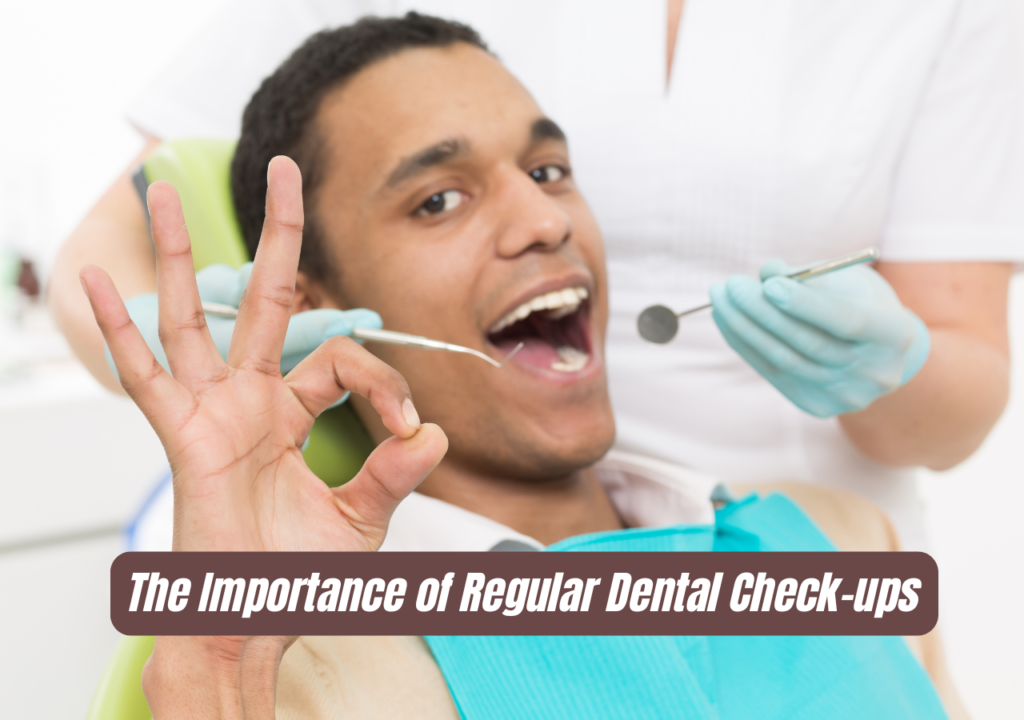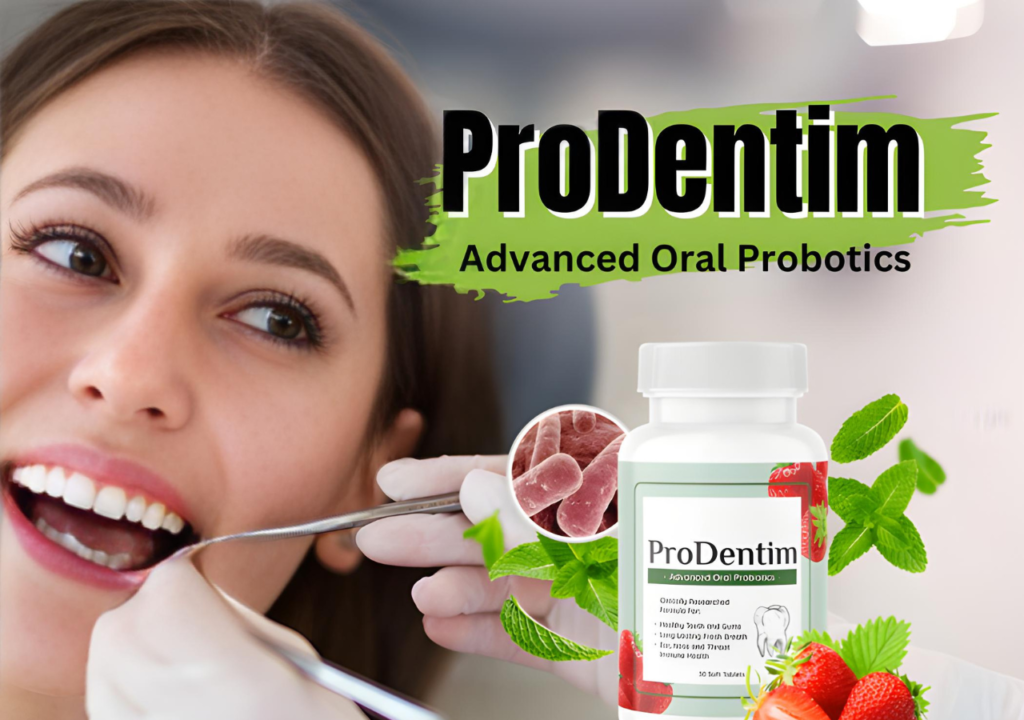Dental Disease in Dogs: Causes, Symptoms, and Treatment
Introduction
Dental disease is one of the most common diseases in dogs, affecting up to 80% of dogs over the age of three. It encompasses a range of conditions that affect the teeth, gums, and the overall oral cavity. Just like humans, dogs can suffer from various dental problems that can lead to pain, discomfort, and more serious health issues if left untreated. This article explores the causes, symptoms, diagnosis, and treatment of dental disease in dogs, as well as preventive measures to ensure your pet maintains good oral health.

Causes of Dental Disease in Dogs
Dental disease in dogs is primarily caused by the buildup of plaque and tartar on the teeth. Plaque is a sticky film of bacteria that forms on the teeth after eating. If not removed through regular brushing, it hardens into tartar, which can cause inflammation of the gums (gingivitis) and eventually lead to more severe periodontal disease. Other contributing factors include:
- Diet: Dogs that eat soft, wet foods are more prone to plaque buildup compared to those that consume dry kibble, which can help scrape off plaque.
- Breed: Smaller breeds and those with crowded teeth are more susceptible to dental disease.
- Age: Older dogs are at a higher risk due to years of plaque and tartar accumulation.
- Genetics: Some dogs are genetically predisposed to dental problems.
- Poor Oral Hygiene: Lack of regular brushing and dental check-ups contributes significantly to dental disease.
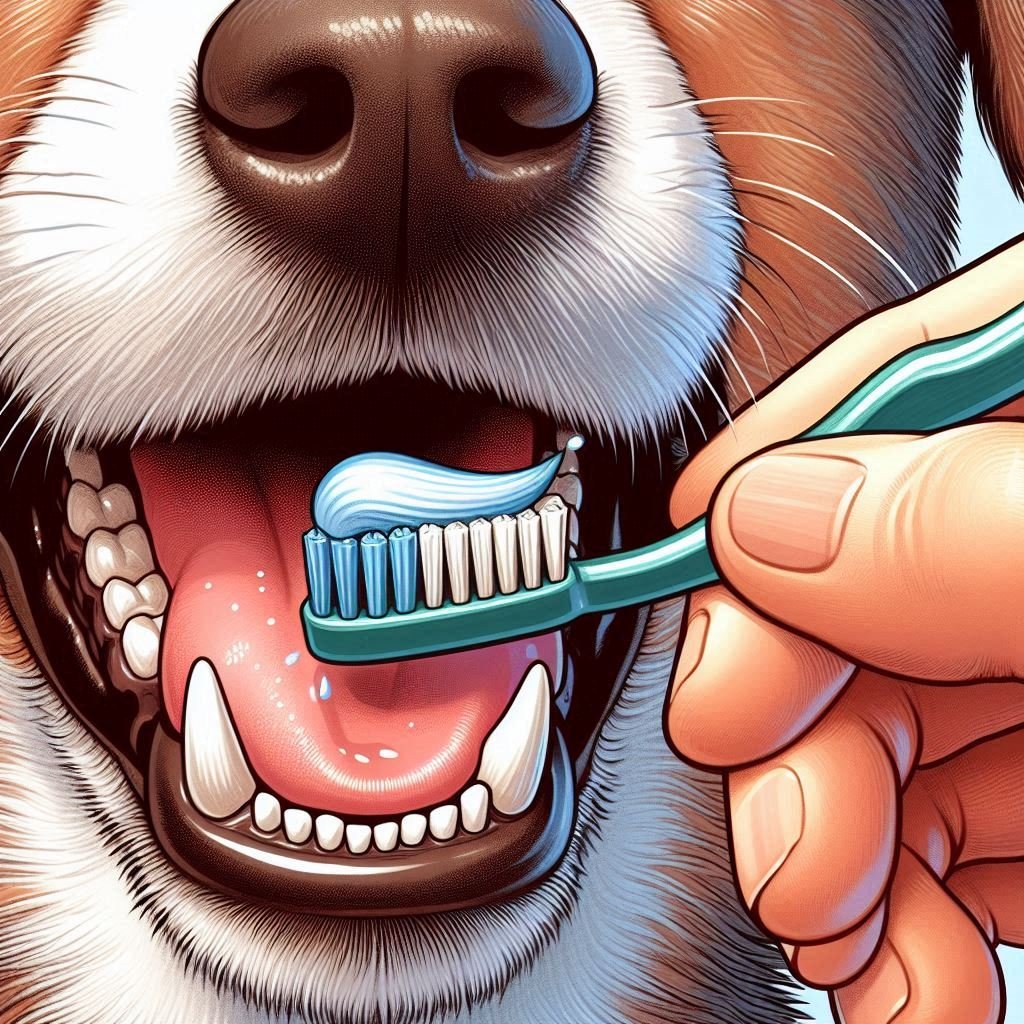
Symptoms of Dental Disease in Dogs
Recognizing the symptoms of dental disease early can help prevent more serious health issues. Common signs include:
- Bad Breath (Halitosis): Persistent bad breath is often the first sign of dental disease.
- Tartar Build-up: Yellow or brown deposits on the teeth.
- Red or Swollen Gums: Inflammation and bleeding gums, especially when touched.
- Drooling: Excessive drooling can indicate oral discomfort.
- Difficulty Eating: Reluctance to eat, dropping food, or chewing on one side of the mouth.
- Loose or Missing Teeth: Advanced dental disease can lead to tooth loss.
- Pawing at the Mouth: Dogs may paw at their mouth or face if they are experiencing pain.
Diagnosis
Diagnosing dental disease in dogs involves a thorough examination by a veterinarian, which may include:
- Visual Inspection: The vet will look for signs of plaque, tartar, gum inflammation, and other abnormalities.
- Dental Probing: Using a dental probe to check for pockets around the teeth that indicate periodontal disease.
- Dental X-rays: To assess the health of the tooth roots and bone structure, which are not visible during a visual exam.
Treatment
Treatment for dental disease in dogs depends on the severity of the condition:
- Professional Cleaning: This involves scaling and polishing the teeth under anesthesia to remove plaque and tartar.
- Tooth Extraction: Severely damaged or infected teeth may need to be removed to prevent further complications.
- Antibiotics: Prescribed to treat infections and reduce inflammation.
- Pain Management: Medications may be given to manage pain and discomfort associated with dental procedures or severe dental disease.
- Follow-up Care: Regular dental check-ups and professional cleanings are crucial to maintaining oral health.
Preventive Measures
Preventing dental disease in dogs involves a combination of regular home care and professional veterinary care:
- Brushing Teeth: Brush your dog’s teeth daily using a toothbrush and toothpaste designed for dogs.
- Dental Chews and Toys: Provide dental chews and toys that help reduce plaque and tartar build-up.
- Specialized Diet: Feed your dog a diet formulated to support dental health.
- Regular Veterinary Check-ups: Schedule regular dental check-ups and cleanings with your veterinarian.

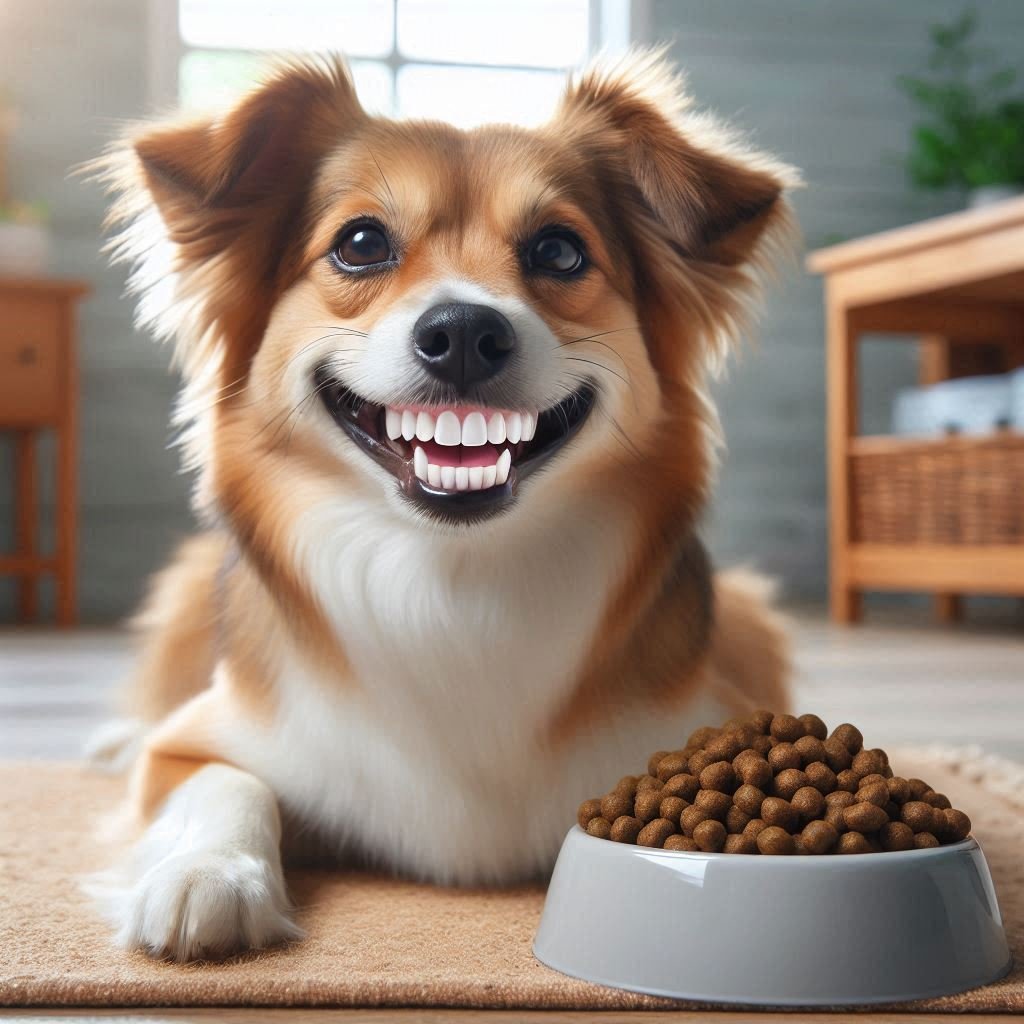
Conclusion:
Dental disease is a common yet preventable condition in dogs. Early detection and treatment are essential to avoid more severe health issues. By maintaining a regular oral hygiene routine and seeking professional veterinary care, you can ensure that your dog enjoys a healthy mouth and a happy life.
A Guide to Dog Care
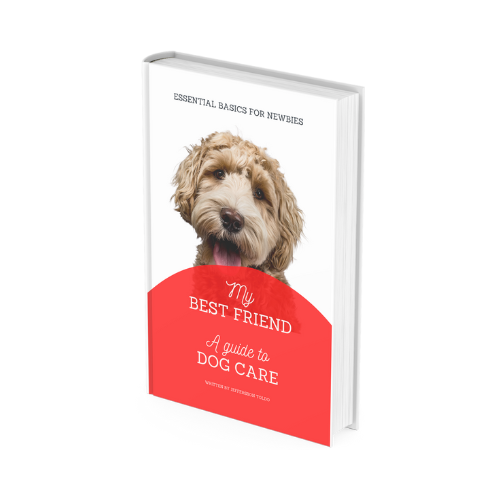
The Importance of Regular Dental Check-ups: Preventing Major Oral Health Issues
Caring for the health of teeth is very crucial to one’s health of the body….
Is Social Media Bad for Mental Health?
Is Social Media Bad for Mental Health? Exploring the Impact on Well-Being Social media has…
Probiotics Specially Designed for the Health of Your Teeth and Gums
Brand New Probiotics Specially Designed For TheHealth Of Your Teeth And Gums Try ProDentim: a unique…
The Health Benefits of Daily Coffee Consumption: Boost Your Focus, Mood, and More
Introduction: Coffee can be described as one of the most popular beverages in the globe,…
Top 5 Amazon Coffee Makers for Perfect Brews: Discover Your Ideal Coffee Machine
offee occupies an important place in many people’s lives, it is not only drink which…
Top 5 Best Coffee Shops in New York for a Perfect Coffee Date
When it comes to choosing the perfect coffee shop for a romantic coffee date in…


